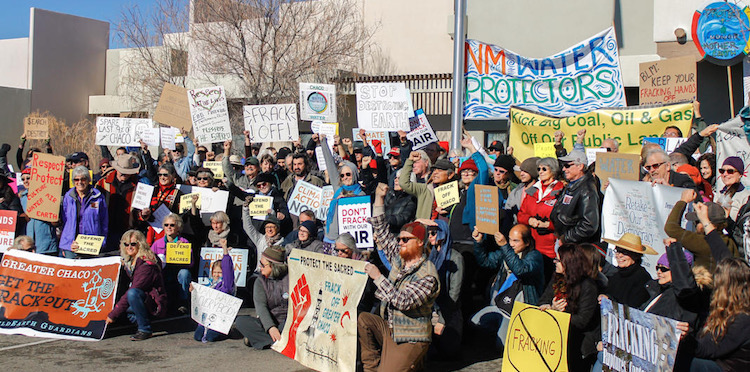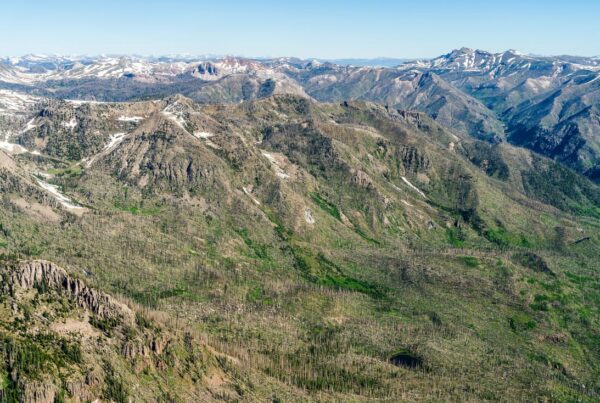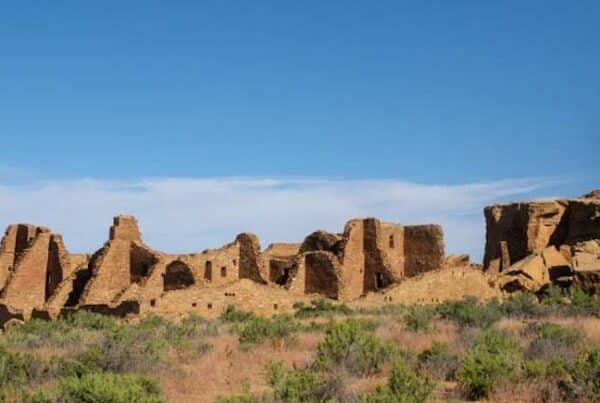Five years versus five days. That succinctly describes the different weights accorded to constituents raising objections to expanded oil and gas leasing in landscapes with special circumstances.
As the Trump administration attempts to accelerate energy development through its self-described energy dominance agenda, it’s encountering significant blowback, some in predictable corners and others more surprising.
Over the past few months, the Department of Interior under Ryan Zinke has reversed course on several controversial oil and gas proposals owing to opposition raised by key stakeholders.
At the beginning of March, the Interior Department abruptly canceled a pending auction for new oil and gas lease rights near Chaco Canyon National Historical Park in New Mexico. Zinke noted the government’s need for more consultation with the area’s Native American tribes as a key rationale for the cancellation. Government rules require “meaningful and timely” consultation with tribes that have cultural interests at stake. In the case of Chaco, 26 Native American tribes assert a cultural affiliation running back literally a thousand years or longer.
Five years ago, the affected tribes started to vocally state objections to more energy development in this culturally significant and sensitive landscape. The Hopi Tribe in 2013 objected to new oil and gas leasing because of feared impacts to cultural resources significant to the tribe. The All Pueblo Council of Governors in 2014 adopted the first of annual resolutions opposing more energy development around Chaco. The council includes representatives of 20 tribes culturally connected with Chaco. The Navajo Nation joined with its opposition in 2017. The Navajos have similarly lengthy cultural ties to the Chacoan landscape as well as many current communities.
Five years, with objections repeatedly expressed by over two dozen Native American tribes, and finally the Interior Department relented on more leasing on just 4,500 acres.
By comparison, five days is all it took for the Interior Department to abandon efforts to open areas offshore of Florida coasts earlier this year. On Jan. 4, the Trump administration announced plans to open all of America’s coastal waters to oil and gas development. A firestorm of opposition erupted, including the vociferous opposition from Florida’s Republican governor and erstwhile candidate for higher political office. On Jan. 9, Interior Secretary Zinke pulled the plug on plans to drill Florida coastlines.
Five days versus five years. That apparently speaks to the value accorded the opposition. A governor running for Senate who has been a reliable ally of the administration says boo, and Zinke spins a 180 and abandons plans to open millions of acres to energy development because of the political sensitivity.
Contrasted with Native Americans with a 1,000 years in a landscape of renowned cultural significance, where only after five years of relentless opposition does the Interior Department grudgingly pause development on a few thousand acres.
The deferrals are a welcome stay for both landscapes, Florida’s coastlines and Chaco’s canyons and mesas. The need to contemplate larger public opinion seems to just be dawning on Zinke. Governors of other states concerned by new ocean drilling reasonably ask why their tourism and ecology are not as important as Florida’s. And just last week, Zinke thought better of opening up lands to leasing along the northern gateway to Yellowstone National Park in his home state of Montana and canceled a lease sale for 17,000 acres around Livingston.
Does this signal Zinke turning a new leaf and listening to local concerns about his energy dominance agenda? Or is this just a brief public relations dodge before he gets back to handing over the keys to the energy industry.
This content first published in The Durango Herald’s Thinking Green Column here.




